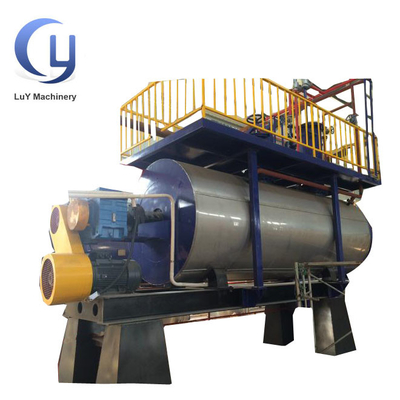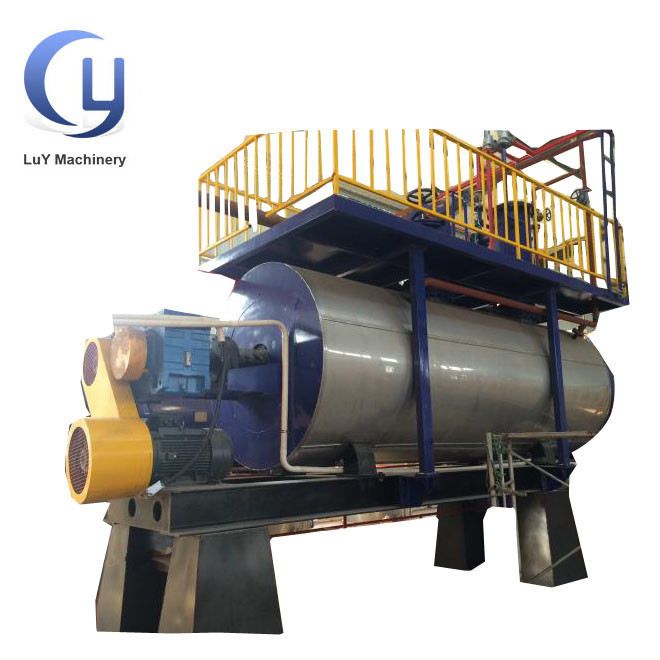Poultry Waste Rendering Plant
| Production Capacity |
10000L/H |
| Other attributes |
|
| Applicable Industries |
slaughterhouse, Farm, livestock |
| Showroom Location |
None |
| Place of Origin |
Henan, China |
| Warranty |
1 Year |
| Machinery Test Report |
Provided |


Rendering is a process that converts waste animal tissue into stable, value-added materials. Rendering can refer to any processing of animal products into more useful materials, or, more narrowly, to the rendering of whole animal fatty tissue into purified fats like lard or tallow. Rendering can be carried out on an industrial, farm, or kitchen scale.
The majority of tissue processed comes from slaughterhouses, but also includes restaurant grease and butcher shop trimmings and expired meat from grocery stores. This material can include the fatty tissue, bones, and offal, as well as entire carcasses of animals condemned at slaughterhouses, and those that have died on farms, in transit, etc. The most common animal sources are beef, pork, sheep, and poultry.
The rendering process simultaneously dries the material and separates the fat from the bone and protein. A rendering process yields a fat commodity (yellow grease, choice white grease, bleachable fancy tallow, etc.) and a protein meal (meat and bone meal, poultry byproduct meal, etc.).
Rendering plants often also handle other materials, such as slaughterhouse blood, feathers and hair, but do so using processes distinct from true rendering.
1. Introduction of slaughter poultry chicken waste rendering plant
Performance characteristics:
This unit is aimed at the treatment of solid waste from vegetable markets, fish intestines, chicken intestines (including chicken intestines) and other animal offal wastes, scraps of aquatic products processing plants and other wastes, using heat transfer oil as a carrier to replace steam boilers to achieve environmental protection and energy saving , The purpose of occupying a small area, so as to complete the unmanned operation mode. Meet the Vocs standard.
Product specifications:
Standard quantification can be divided into 300kg/batch; 500kg/batch. Products can also be designed according to the actual situation of customers' raw materials.
Scope of application:
1. Vegetable market solid waste treatment (aquatic product leftovers, vegetable waste, poultry solid waste treatment)
2. Treatment of scraps from aquatic product processing plants

 Your message must be between 20-3,000 characters!
Your message must be between 20-3,000 characters! Please check your E-mail!
Please check your E-mail!  Your message must be between 20-3,000 characters!
Your message must be between 20-3,000 characters! Please check your E-mail!
Please check your E-mail! 

